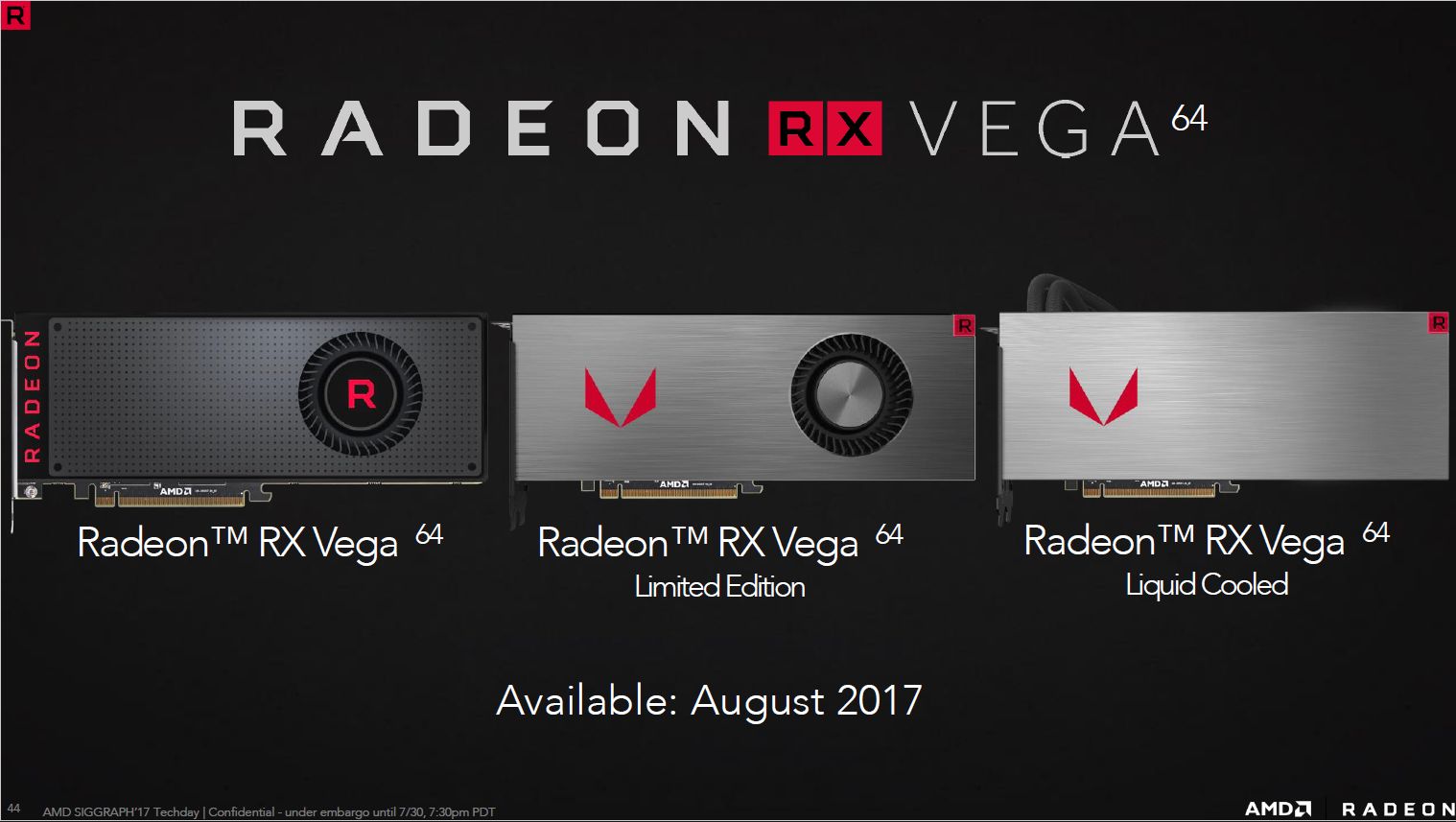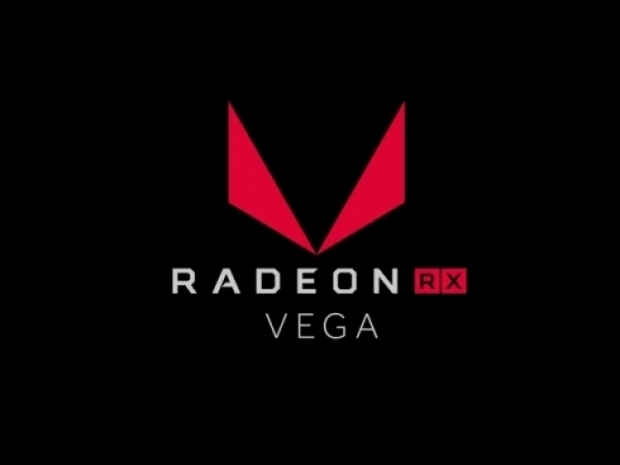A bunch of AMD RTG executives including Raja Koduri, Senior Vice President, and Chief Architect, Scott Herkelman – Corporate VP and General Manager Radeon Gaming, Ogi Brkic General manager of Radeon Pro graphics and Mike Mentor Vega chief architect and a dozen other AMD chaps helped us understand what Vega is all about.
It is now official, there will be three Vega cards. The fastest is the Radeon RX Vega 64 liquid cool edition and it comes with 64 next gen compute units, 4096 stream processors and a base clock of 1406 MHz. The boost clock is 1677 MHz and the memory bandwidth is at 484 GB/s. The card packs peak SP performance of 13.7 TFLOPS with peak half precision of 27.5 TFLOPS and has 8GB HBM 2 memory. The board power is at quite steep 345W and it comes with Asetek based watercooler out of the box. AMD didn’t want to comment on the TDP values. 
The next up, the Radeon RX Vega 64 has 64 next gen compute units, 4096 stream processors and a base clock of 1247 MHz. The boost clock is 1546 MHz and the memory bandwidth is 484 GB/s. The card packs peak SP performance of 12.66 TFLOPS with peak half precision of 25.3 TFLOPS. The Vega 64 has 8GB HBM 2 memory. The board power is 295W and both of these cards have the same 2048-bit wide memory interface. This card has illuminated Logo and Pixel, an Isothermic Vapor chamber and comes in a slick solid metal construction out of the premium 240 grit brushed finish.
The third is the Radeon RX Vega 56, and it is basically a Vega chip with one cluster disabled. Companies usually do this to be able to get better yields. The card has 3584 stream processors, 1156MHz base clock, 1471 MHz boost clock and 410 GB/s bandwidth. Its peak SP performance stops at 10.5 TFLOPS and peak half precision is at 21 TFLOPS. It also comes with 8GB HBM and it has a total board power of 210 W.
The Radeon RX Vega 64 will sell for $499, the Radeon RX Vega 56 for $399 while the water-cooled card will sell for $699.
Fudzilla and the rest of the invited media still have to see the actual performance of the cards. We learned a lot about the Vega architecture and positioning, and based on the information we have today the Radeon RX Vega 64 should target the Geforce GTX 1080, while the Radeon RX Vega 56 goes after Geforce GTX 1070 cards. Again, we cannot stress enough that we haven’t seen the actual performance of the card so it is too early for a conclusion.
AMD did tell us that the minimum FPS range should be to Vega 64’s advantage when compared to Geforce GTX 1080. Vega 64 on 3440x1440 (48 to 100 Hz range) can stay in 53 to 76 FPS range in Ashes of singularity, Battlefield 1, Deus Ex: Mankind divided, Doom, Forza, Gears of War, Hitman, Sniper Elite 4 and Warhammer. Geforce GTX 1080 should be at 45 to 78 FPS range having the lower minimum rate and slightly higher maximum range. R9 Fury X had 42 to 58 FPS range while the Geforce GTX 980 Ti ranges from 34 to 57 FPS.
The range on 4K 60 Hz gaming stays between 43 FPS and 57 FPS on Vega 64, between 32 and 46 on Fury X, between 26 and 47 at Geforce GTX 980 TI, while the 1080 ranges from 26 to 56.
It is unlikely that even the water-cooled Vega 64 can beat the Geforce GTX 1080 TI air cooled card. AMD confirmed that the card will ship in August, but we don’t have any better date than that, just August.
AMD is also offering Radeon packs and it will give you $200 of $936 Samsung C34F791 curved 3440x1440 100 Hz Freesync monitor, $100 of Ryzen 7 CPU with motherboard combo and $120 value with Wolfenstein II and Pray games.
This is the way to ensure that not all the cards are simply not going to go to the miners. Again, even though we’ve seen a lot, we still need to see how good the actual performance is.




